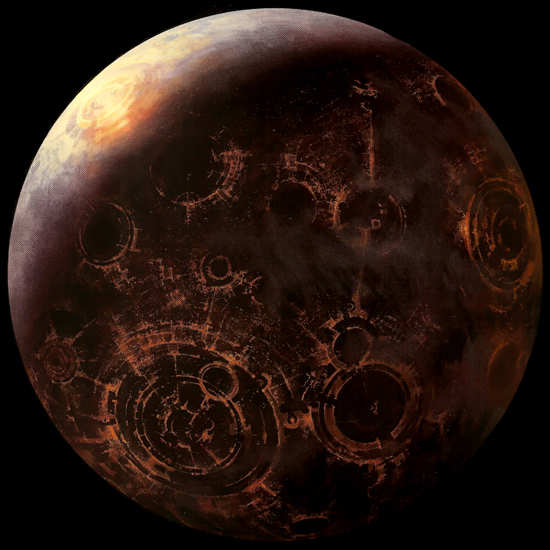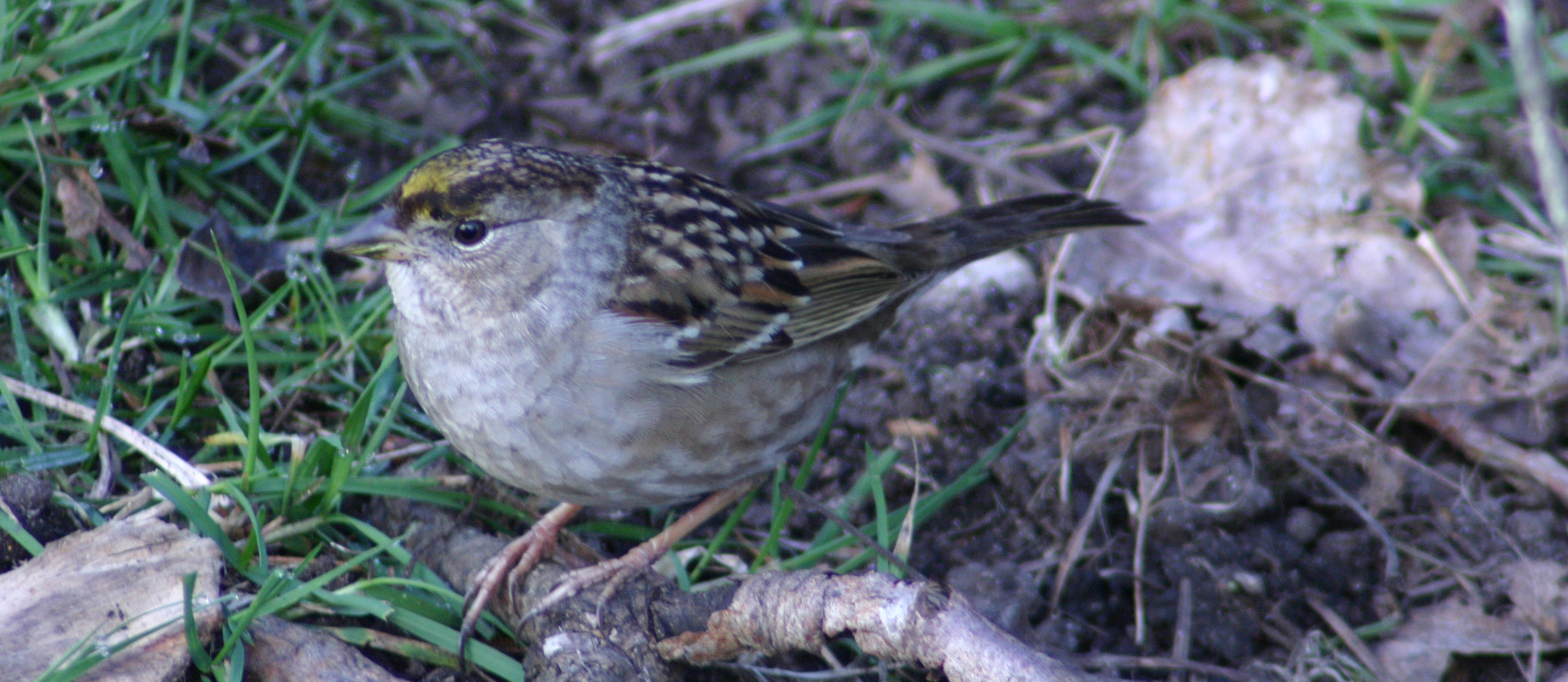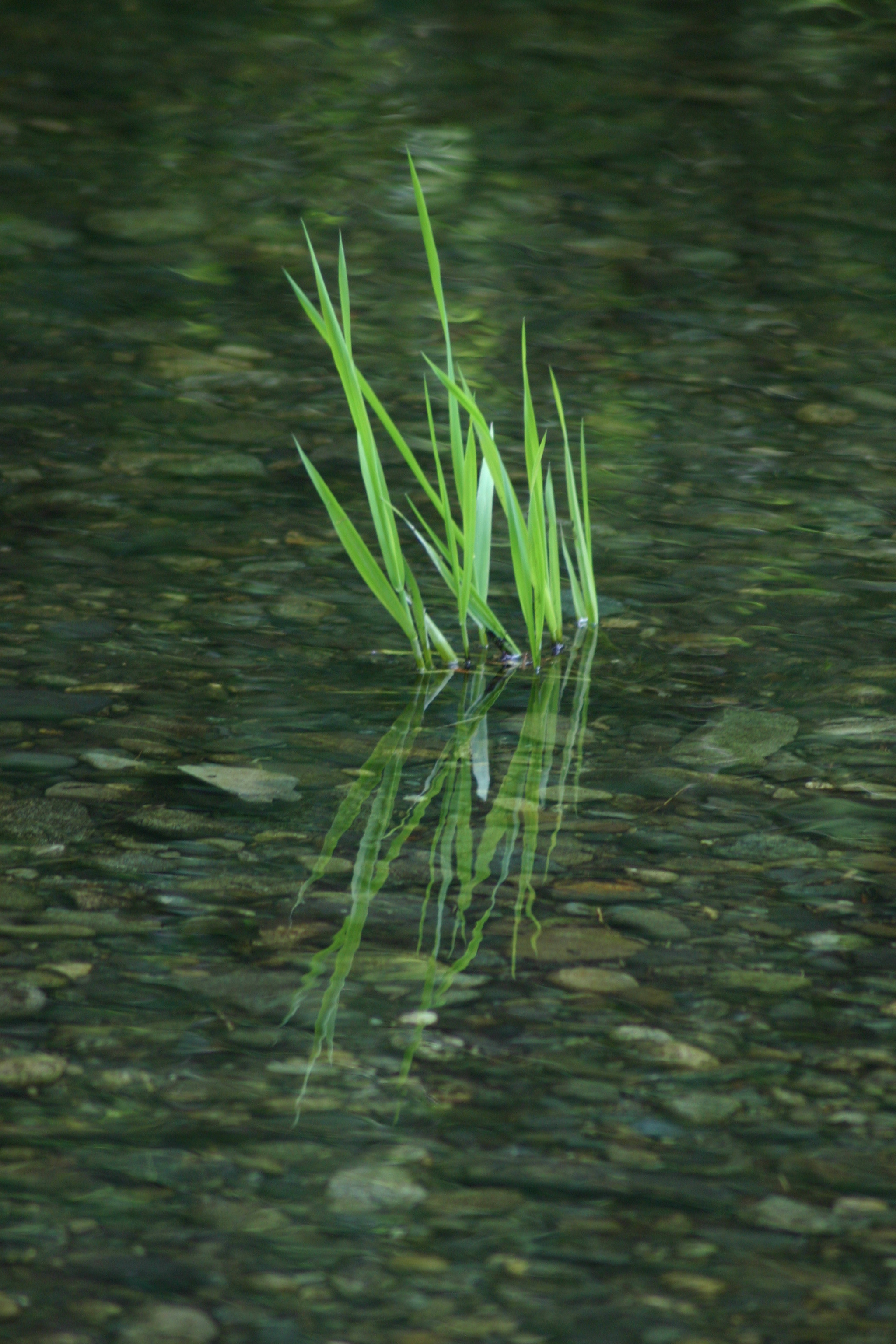Whether we notice or not, we rely on natural cycles for our very existence. While many pay scant attention to nature, it provides life-support services (food, timber, clean water, flood control, pollination, fresh air) as well as spiritual functions (serenity and beauty)(Heal et al. 2001).
Only in Science Fiction can you find a planet with plenty of food and air but no green-spaces. Where does that atmosphere come from? Is all the food shipped in from other planets? Call me crazy, but I’d rather be on the 4th moon of Yavin (it looks strangely like the Yucatan region).
The stability of our planet’s ecology is based on diverse ecosystems. Even seemingly barren habitat, as found in alpine lakes, is far more complex than first glance suggests. In these low-productivity (oligotrophic) lakes there can be complex communities of predatory and grazing zooplankton, as well as a diverse assemblage of algae and microbes.
At home in my urban yard there is a lot of diversity – and we’d like to attribute that to our lawn-removal plan. A complex environment – even if only a veggie garden, should attract more wildlife. This last weekend (November 8th) we had a Wilson’s Snipe hang around, in addition to the usual birds like the Golden-crowned Sparrows and Dark-eyed Juncos that forage in our garden on a daily basis. We estimated about 30 birds on the food forest this morning – Juncos, Golden-crowned Sparrows, and a Towhee – but not a single bird on the nearby lawns. It made me wonder what we could do for North Americn bird populations if everybody abandoned the concept of a lawn and grew a garden that was far more complex and full of food.
We also get a few mammals in the autumn – Grey Squirrels, Norway Rats, Raccoons, and Mule Deer – actually they live year-round in our neighbourhood. We get the occasional Cougar as well, but I have never seen one. The Cougars must be after the Mule Deer, Eastern Cottontails and domestic cats that are allowed to roam free. Predator-prey interactions are commonplace even in urban environments. I have seen many people walk by oblivious to life-and-death “dog-fights” between Cooper’s Hawks and small passerine birds. These interactions add richness to our communities and can make a short stroll very exciting.
During these grey rainy winter days (or snowy days elsewhere in Canada), it is hard not to daydream about summer, or a tropical get-away. But even in the daily rush to and from work, you can admire the resilience of nature – from Equisetum poking through newly patched sections of sidewalks in Victoria, to a Common Redpoll adding its dash of colour to a frosty prairie hedge. Take the time to appreciate nature as it prepares for the shortest days of the year.
Redpoll photo by By Cephas (Own work) [GFDL (http://www.gnu.org/copyleft/fdl.html) or CC BY-SA 3.0 (http://creativecommons.org/licenses/by-sa/3.0)], via Wikimedia Commons
References Cited:
Heal et al. 2001. Protecting Natural Capital Through Ecosystem Service Districts. Stanford Environmental Law Journal 20: 333-364.






![p1100476[1]](http://beta.staff.royalbcmuseum.bc.ca/wp-content/uploads/2015/11/p110047611.jpg)
![Carduelis_flammea_CT6[1]](http://beta.staff.royalbcmuseum.bc.ca/wp-content/uploads/2015/11/Carduelis_flammea_CT61.jpg)
